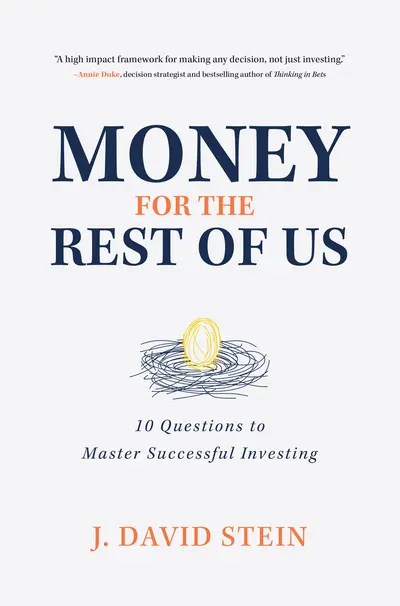My Account Details

ISBN10: 1260453871 | ISBN13: 9781260453874

Step 1 . Download Adobe Digital Editions to your PC or Mac desktop/laptop.
Step 2. Register and authorize your Adobe ID (optional). To access your eBook on multiple devices, first create an Adobe ID at account.adobe.com. Then, open Adobe Digital Editions, go to the Help menu, and select "Authorize Computer" to link your Adobe ID.
Step 3. Open Your eBook. Use Adobe Digital Editions to open the file. If the eBook doesn’t open, contact customer service for assistance.
Learn how to protect and grow your wealth with this commonsense guide to investing You manage your own money. You understand the basics of investing and diversifying your portfolio. Now it’s time to invest like a pro for greater profits—with investment expert David Stein, host of the popular weekly podcast, “Money for the Rest of Us.” He’s created a unique ten-question template that makes it easy for individual investors like you to: • Invest more confidently • Feel less overwhelmed • Build a stronger portfolio • Avoid costly mistakes • Plan and save for retirement Despite what many people believe, you don’t need to be an expert to be a successful investor. With Stein as your personal money mentor, you’ll learn how to make smarter, more informed decisions that can help reduce your risk and increase your gains by following a few simple rules for analyzing any investment. This is how the professionals grow their wealth and how you can, too. This is Money for the Rest of Us.
Need support? We're here to help - Get real-world support and resources every step of the way.